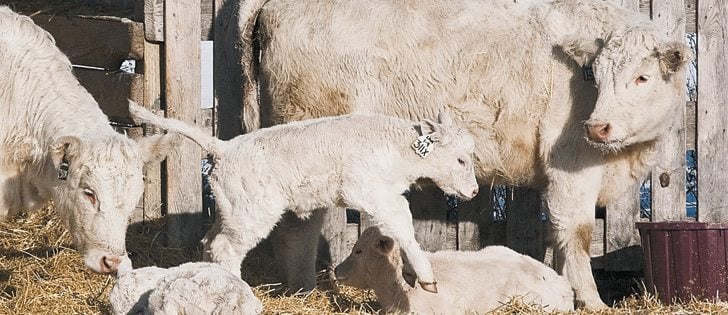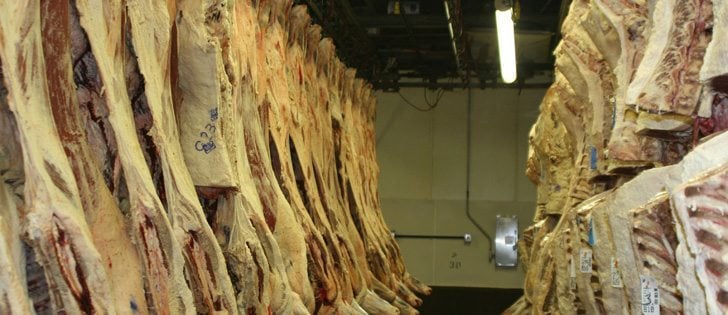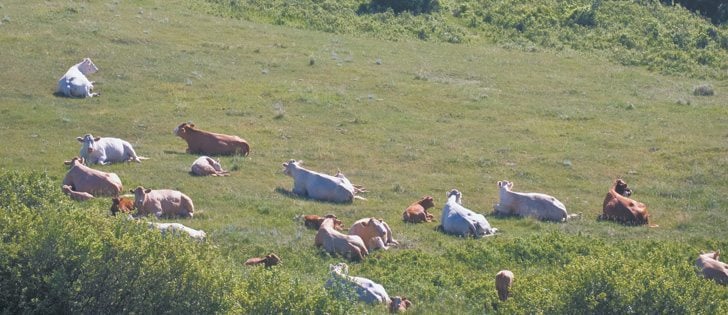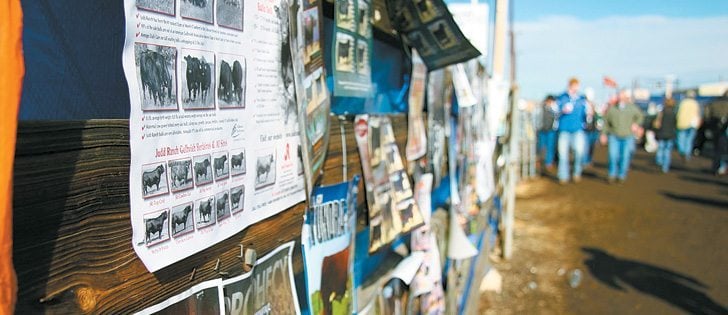Raelle Pieschel brought four head of cattle to the Calgary Bull Sale a few years ago and went home with $6,000.
This year, the Airdrie, Alta., rancher sold an Angus bull for $5,000 and two Simmentals for $7,600, an indication of how fortunes have changed within the Canadian beef business.
The 112th annual sale held Feb. 28-March 1 sets the tone for the season, and this year an all round good feeling prevailed as averages went up and a new attraction was added.
Pieschel and her father, Gary, entered a pen of five replacement heifers in the new commercial event and won grand champion. The pen of five sold for $1,750 each. The high-selling pen came from Corbiell Herefords of Cluny, Alta., and sold for $9,500 in total to Stirrup Ranch of Quesnel, B.C.
Read Also
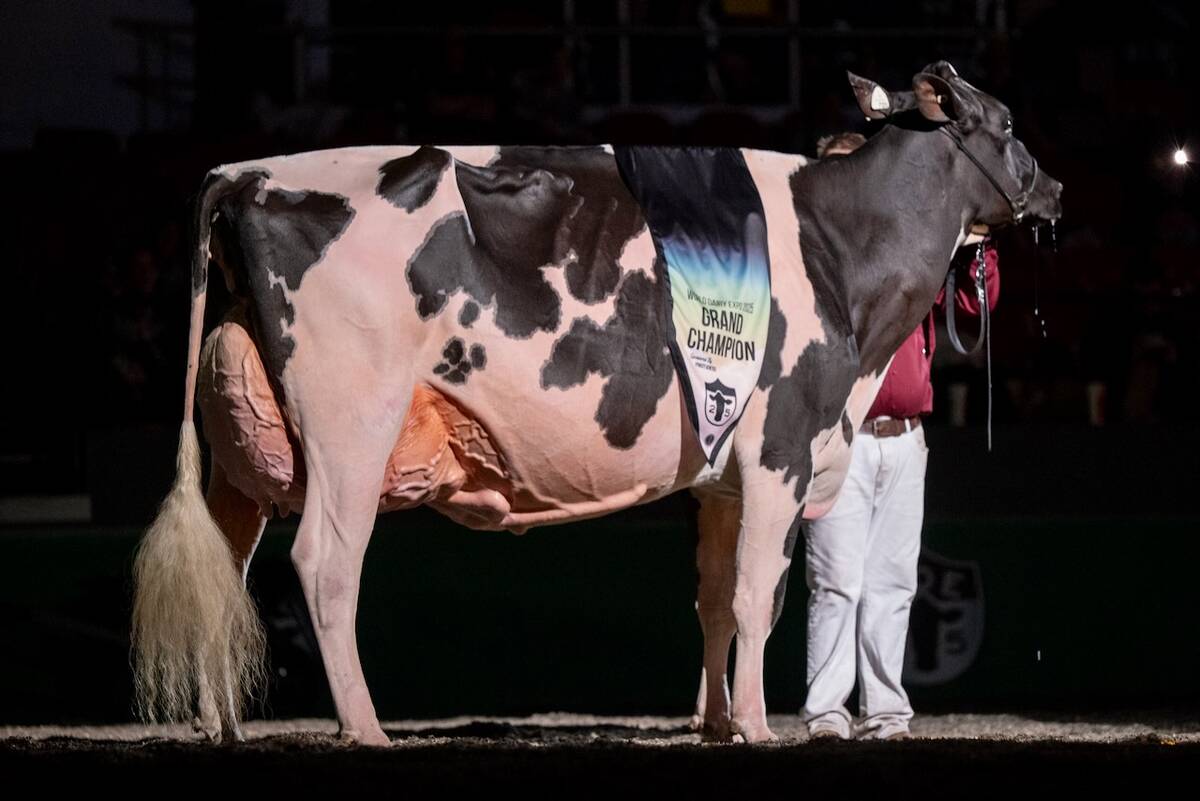
Canadian-bred cow wins World Dairy Expo Holstein show
A cow bred in Saskatchewan, Lovhill Sidekick Kandy Cane, is the Grand Champion Holstein at the 2025 World Dairy Expo.
“You can’t complain about that,” Pieschel said. “It makes your hard work pay off.”
At one time the bull sale was a week long gala event, but busy ranchers and more on-farm production sales saw the tenor of the Calgary event change.
The sale saw more entrants this year and ranchers are looking for new bulls. The day before the sale, auctioneer Bob Balog said butcher bulls fetched 98 cents to $1.02 and 500 pound calves were bid up to $200 per hundredweight.
Those prices make this year a good time to trade in the old bulls for something new, said Mabel Hamilton, chair of the Alberta Cattle Breeders Association, which puts on the sale each year.
“They are worth something and that has added to the hype,” she said.
Purebred sales appear to be strong everywhere, said Ryan Dorran, a young auctioneer and ringman who is working 45 sales this spring.
He works with Angus, Simmental, Hereford and Charolais breeds and has watched average prices increase $800 to $1,000. Last week, groups of bred heifers sold for $1,900 to $2,000 in northeastern Alberta.
“Guys are getting serious,” he said.
The herds are growing bigger and ranchers are generally more optimistic because calf prices are predicted to hit record levels this year.
“People are sure happy and positive about giving you their money,” he said.
However, on the other side of the mountains, auctioneer Don Raffan of Armstrong, B.C., has seen the strong market encourage more people to sell out.
“Prices have brought more dispersals out,” he said.
He is concerned because those leaving the business are younger people.
The B.C. cow herd has fallen to 195,000 head from 249,000 five years ago. Heifers are still worth more money sold for beef than retained as breeding stock.
“We need new young farmers and ranchers, but they need to be able to earn a living,” Raffan said.




